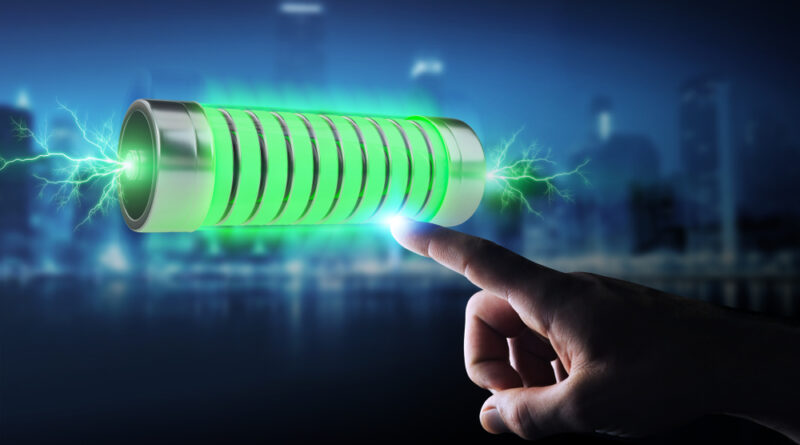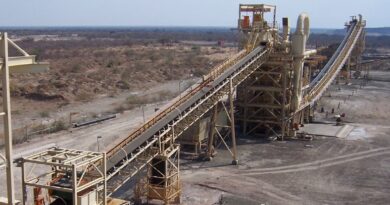Nickel demand is driven by EV batteries manufacturers
Based on a report published by McKinsey & Company, global demand for nickel is expected to increase from 2.2 million metric tons to between 3.5 million to 4.0 million metric tons by 2030.
The report titled “How Clean Can the Nickel Industry become?” stresses that still 74% of the nickel market is consumed by the stainless-steel industry, nevertheless the electric-vehicle (EV) battery segment is catching fast, which at present only embodies 5-8% of demand. For the EV battery industry, the quality of the nickel used defines the quality and performance of the battery.
To make stainless steel, both Class 1 and Class 2 nickel are used. Class 1 nickel production sees about 70 percent originating from sulphide ores, which are concentrated, smelted, and refined, and approximately 30 percent from limonite ores, which are leached commonly using high-pressure acid leaching (HPAL).
Class 2 nickel is produced from saprolites and limonites, which are popular for their use in the stainless-steel industry due to their iron content and potentially low production costs.
In the EV-battery industry, however, the type of nickel – whether it is Class 1 or Class 2 – is of the utmost importance as the quality of the nickel used defines the quality and performance of the batteries.
Whereas the stainless-steel industry can, to a certain extent, use a mix of Class 1 and Class 2, the battery industry can only use Class 1.
Additionally, following concerns about the origins of another battery raw material, cobalt, EV manufacturers and their clients are seeking to ensure that the raw materials used in their products are mined and refined in an environmentally friendly manner, with positive impacts on local communities, and with a limited carbon footprint.
Consequently, despite being abundant globally, the world’s supply of nickel suitable for batteries may not be as copious as it seems. As Original Equipment Manufacturers (OEMs) begin to define requirements in relation to the raw materials they use – quality of the nickel, environmental impacts, social concerns and geopolitical issues – the size of the pie will suddenly start to diminish and will be different for each OEM, depending on their requirements and restrictions.
Taken into account these uncertainties, the McKinsey report states that some OEMs might prefer to decrease their dependency on nickel and turn to lithium iron phosphate batteries for certain models and geographies.
In the interim, miners will be faced with the challenge of meeting technical criteria and qualifying themselves as suppliers of an increasingly differentiated range of nickel products in terms of their quality and impurities (such that nickel and its products will become less and less a commodity), while simultaneously demonstrating to the rest of the EV value chain that the nickel they produce is clean from both a social and environmental standpoint.
Reacting to the interest in clean nickel, some junior mining companies have already announced ambitious plans for CO2-neutral production to increase the value of their assets and spark investor and OEM interest.
It is now up to the current producers to follow the same trend, the report concludes.




